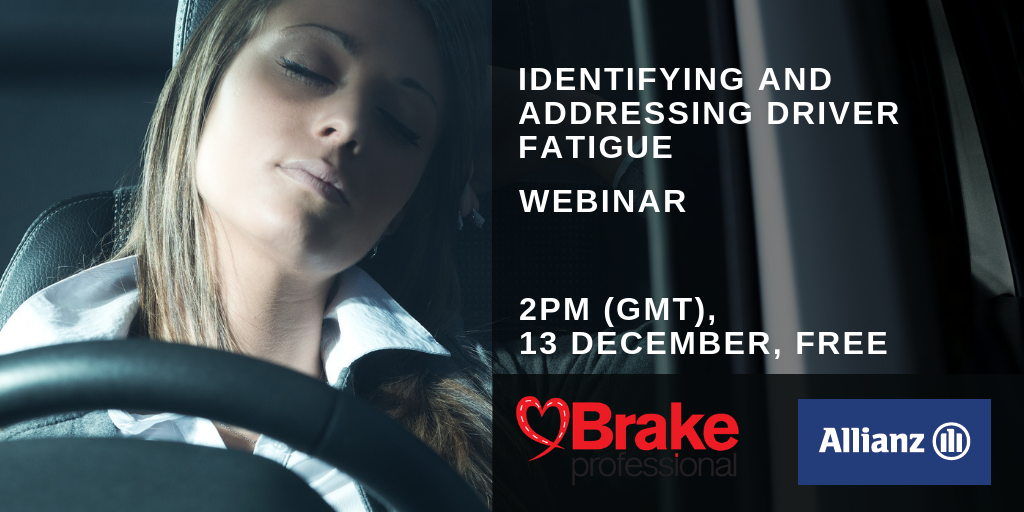|
|||||||||||||||||||||||||||||||||
|
|||||||||||||||||||||||||||||||||
|
|||||||||||||||||||||||||||||||||
|
30 Νοε 2018
Alliance Newsletter - November 2018
Brake Professional Bulletin - Get Involved
|
||||||||||||||||||
|
||||||||||||||||||
|
Transport ministers aiming to weaken new road infrastructure safety rules - Press release
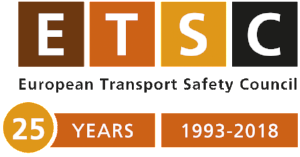
Press Release
Transport ministers aiming to weaken new road infrastructure safety rules
30 November 2018
Brussels
– ETSC is warning that a weakened version of new EU road infrastructure
safety rules, set to be agreed by national ministers of transport on
Monday, will do little to improve road safety. ETSC is calling for MEPs
in the European Parliament to demand more wide-ranging and effective
rules when negotiations begin on the final legislation early next year.
In a text set to be approved at the Transport Council meeting in Brussels, EU Member States have introduced weaker language on three key elements of the European Commission’s proposal from May 2018, which could substantially weaken the potential of the new rules to reduce deaths and serious injuries on European roads.
The legislation in question is an update to existing EU safety requirements that currently only apply to major European motorways known as the Trans-European Transport Network (TEN-T) of roads. The existing requirements ensure governments carry out regular road safety audits, identify high-risk sites and prioritise safety when building new roads. 18 EU Member States already apply the rules to other roads on a voluntary basis.
The European Commission had proposed to extend the rules to all primary roads in the EU. ETSC and other organisations have been calling for main urban and main rural roads to be covered, as many more people die in collisions on these types of roads than on motorways.
But transport ministers want each individual Member State to choose which of its roads are subject to the rules, leaving the possibility that some would propose the bare minimum, or only roads that already meet high safety standards.
The European Commission had also proposed to develop general performance standards for road signs and road markings across Europe. ETSC urged for these to take the form of legally-binding minimum performance standards. But transport ministers are effectively dismissing this proposal by calling for the Commission to produce a report on the issue instead. A high standard and consistency of road signs and road markings across Europe could be an important issue for higher levels of automation, when cars increasingly take away control from the driver under certain circumstances. Proposals for network-wide risk assessment have also been weakened in the text that could be adopted on Monday.
Ellen Townsend, Policy Director of the European Transport Safety Council said:
“If transport ministers continue with this position, they will be doing precious little to change the status quo: 25,000 deaths a year on EU roads, with virtually no improvement over the last three years. We strongly urge the European Parliament to put forward a text that substantially improves road safety in Europe and hope that this will be reflected in the final deal agreed on this legislation early next year.”
The text to be agreed by transport ministers on Monday would still need to be negotiated with members of the European Parliament following a vote in the institution’s transport committee which is due to take place on 10 January.
Notes to editors:
In a text set to be approved at the Transport Council meeting in Brussels, EU Member States have introduced weaker language on three key elements of the European Commission’s proposal from May 2018, which could substantially weaken the potential of the new rules to reduce deaths and serious injuries on European roads.
The legislation in question is an update to existing EU safety requirements that currently only apply to major European motorways known as the Trans-European Transport Network (TEN-T) of roads. The existing requirements ensure governments carry out regular road safety audits, identify high-risk sites and prioritise safety when building new roads. 18 EU Member States already apply the rules to other roads on a voluntary basis.
The European Commission had proposed to extend the rules to all primary roads in the EU. ETSC and other organisations have been calling for main urban and main rural roads to be covered, as many more people die in collisions on these types of roads than on motorways.
But transport ministers want each individual Member State to choose which of its roads are subject to the rules, leaving the possibility that some would propose the bare minimum, or only roads that already meet high safety standards.
The European Commission had also proposed to develop general performance standards for road signs and road markings across Europe. ETSC urged for these to take the form of legally-binding minimum performance standards. But transport ministers are effectively dismissing this proposal by calling for the Commission to produce a report on the issue instead. A high standard and consistency of road signs and road markings across Europe could be an important issue for higher levels of automation, when cars increasingly take away control from the driver under certain circumstances. Proposals for network-wide risk assessment have also been weakened in the text that could be adopted on Monday.
Ellen Townsend, Policy Director of the European Transport Safety Council said:
“If transport ministers continue with this position, they will be doing precious little to change the status quo: 25,000 deaths a year on EU roads, with virtually no improvement over the last three years. We strongly urge the European Parliament to put forward a text that substantially improves road safety in Europe and hope that this will be reflected in the final deal agreed on this legislation early next year.”
The text to be agreed by transport ministers on Monday would still need to be negotiated with members of the European Parliament following a vote in the institution’s transport committee which is due to take place on 10 January.
Notes to editors:
- Joint Statement (ECF, ERF, ETF, ETSC, TISPOL) on Revision of Road Infrastructure Safety Management Directive: https://etsc.eu/joint-statement-on-revision-of-the-road-infrastructure-safety-management-directive-2008-96/
- ETSC Position Paper: Revision of the Road Infrastructure Safety Management Directive: https://etsc.eu/position-paper-the-revision-of-the-road-infrastructure-safety-management-directive-2008-96-and-tunnel-safety-directive-2004-54/
EU Member States agree on new vehicle safety standards - ETSC statement
|
||
|
Brake News
|
|
|
|
|
|
|
|
|
|
«Αφήνω το αυτοκίνητο στο σπίτι»
Πως οι Δωρεάν Συγκοινωνίες μπορούν να φέρουν επανάσταση σε μια γαλλική πόλη.
«Το μέτρο της δωρεάν μετακίνησης στοχεύει στο να προκαλέσει ένα ψυχολογικό και κοινωνικό σοκ σε μια πόλη όπου κυριαρχεί το αυτοκίνητο. ‘Έπρεπε να αλλάξει η εικόνα μιας πόλης σημαδεμένης από τη φτώχεια που αρνείται να δει το μέλλον.»
‘Ο, τι είναι δωρεάν αντιμετωπίζεται με τρομερή προκατάληψη. Στην εμπορευματική κοινωνία, ό, τι δεν έχει τιμή δεν έχει και αξία. Αυτό είναι τρομερό, η απόλυτη φρίκη της ανθρωπότητας. Χρειάζεται μία διαφορετική αντίληψη της κοινωνίας και των δημοσίων υπηρεσιών. Τα καλύτερα πράγματα στη ζωή είναι δωρεάν.» Patrice Vergriete (δήμαρχος Δουνκέρκης)
Η Δουνκέρκη είναι μια πόλη 200.000 κάτοικων που υπέστη ολική σχεδόν καταστροφή στον 2ο Παγκόσμιο Πόλεμο. Από 1η Σεπτεμβρίου 2018, όπου εφάρμοσε τις πλήρως δωρεάν μετακινήσεις με λεωφορείο για όλους και όλες τις μέρες και έγινε η μεγαλύτερη πόλη της Ευρώπης που προσφέρει δωρεάν συγκοινωνίες τόσο στους κατοίκους όσο και στους επισκέπτες και μια μικρή επανάσταση συνέβη. Σύμφωνα με το δήμαρχο της πόλης το σχέδιο στέφθηκε με τεράστια επιτυχία και αύξηση κατά 50% του επιβατικού κοινού σε κάποιες γραμμές ενώ 85% σε κάποιες άλλες.
Ο στόλος των λεωφορείων στην πόλη της Δουνκέρκης αυξήθηκε περιλαμβάνοντας νεότερα οχήματα που κινούνται με φυσικό αέριο.
«Το επιβατικό κοινό άλλαξε τον τρόπο που αντιμετωπίζει τις συγκοινωνίες, Το φαινόμενο του βανδαλισμού έχει εξαφανισθεί, όπως και ο φόβος του ελέγχου. Οι οδηγοί λεωφορείων δεν φοβούνται πια», λέει ο δήμαρχος του Σατορού, Ζιλ Αβερού. Οι επιβάτες τους καλημερίζουν.
Σε ό,τι αφορά το ακανθώδες ζήτημα της χρηματοδότησης, τα έσοδα από τα εισιτήρια στη Δουνκέρκη κάλυπταν μόλις το 10% του συνολικού κόστους λειτουργίας, με το ποσόν αυτό να αντισταθμίζεται χάρη σε νέο φόρο επί των επιχειρήσεων και με αύξηση της κρατικής επιχορήγησης των συγκοινωνιών. «Η χρηματοδότηση είναι απλή για μικρές πόλεις. Στους μεγάλους δήμους, τα πράγματα είναι περίπλοκα, αν και η κρατική επιχορήγηση μπορεί να δώσει λύση», λέει ο Κεμπλόφσκι ένας ειδικός στην αστική έρευνα στο Πανεπιστήμιο των Βυξελλών.
Σύμφωνα με μελέτη της διαδυκτυακής εφημερίδας Metropolitics οιδωρεάν συγκοινωνίες αυξάνουν την κινητικότητα των ηλικιωμένων και νεότερων επιβατών καθώς και την αίσθηση ελευθερίας.
Η έμπνευση προήλθε από το Ταλίν της Εσθονίας που ήταν η πρώτη ευρωπαϊκή πρωτεύουσα η οποία το 2013 προσέφερε στους κατοίκους της αποκλειστικά αυτή την υπηρεσία με στόχο την αποσυμφόρηση της κυκλοφορίας και τη μείωση της ρύπανσης.
Μετά την εφαρμογή του μέτρου, 25.000 νέοι κάτοικοι προστέθηκαν στον πληθυσμό της πόλης, αυξάνοντας τα δημόσια έσοδά της κατά 1.000 euro ανά νεοεγγραφόμενο κάτοικο ετησίως.Από το 2013, η ποιότητα του αέρα έχει βελτιωθεί, η επιβατική κίνηση έχει αυξηθεί, η γενικότερη ρύπανση μειώθηκε, ενώ φαίνεται να έχει ενισχυθεί η κοινωνική συνοχή.

Με δωρεάν διαδρομές με την αστική συγκοινωνία για μια καλύτερη ποιότητα αέρα στις γερμανικές πόλεις η γερμανική κυβέρνηση σκόπευε να αντιμετωπίσει το πρόβλημα της ατμοσφαιρικής ρύπανσης, καθώς το Βερολίνο αναγκάζεται να εκπληρώσει τους στόχους της ΕΕ για την ατμοσφαιρική ρύπανση και να αποφύγει μεγάλα πρόστιμα που αντιμετωπίζει. Τα μέτρα αυτά αναμένονταν να δοκιμαστούν πειραματικά σε πέντε πόλεις-πρότυπα, τη Βόννη, το Έσσεν, το Χέρενμπεργκ, το Ρόιτλινγκεν και το Μάνχαϊμ. Με νεότερη ανακοίνωση φαίνεται ότι θα υποβαθμιστούν σε απλή μείωση των κομίστρων.
Η μεγαλύτερη πόλη στον κόσμο με δωρεάν μεταφορές από το 2008 είναι ηChanging επαρχία Κίνας.
«Μπορεί η πολιτική αυτή να μοιάζει εξωπραγματική, αλλά υπάρχει και ακμάζει. Υπάρχει σαφής βούληση για δημιουργία βιώσιμου προτύπου δωρεάν συγκοινωνιών», λέει ο ερευνητής του Πανεπιστημίου των Βρυξελλών Βόιτσεκ Κεμπλόφσκι που σημειώνει πως το 2017 υπήρχαν 99 δίκτυα δωρεάν Δημόσιων Συγκοινωνιών στον κόσμο: 57 στην Ευρώπη, 27 στη Βόρεια και 11 στη Νότια Αμερική, 3 στην Κίνα και 1 στην Αυστραλία. Πολλά απ αυτά είναι μικρότερα απ αυτό της Δουνκέρκης και προσφέρουν ελεύθερη μετακίνηση για περιορισμένο χρόνο, διαδρομές και κατηγορίες πληθυσμού.
Ο αντίλογος στο θέμα των δωρεάν μεταφορών που αφορά κυρίως στις οικονομικές δυσκολίες του εγχειρήματος ίσως είναι δικαιολογημένος όμως ο δήμαρχος Patrice Vergriete πιστεύει ότι, «εφόσον είναι καλό για το περιβάλλον είναι ένα κοινωνικό μέτρο, μια χειρονομία αλληλεγγύης», πως:
«Δεν μπορείς να βάλεις τιμή στην κινητικότητα και στην κοινωνική δικαιοσύνη»
ΠΗΓΗ: The Guardian


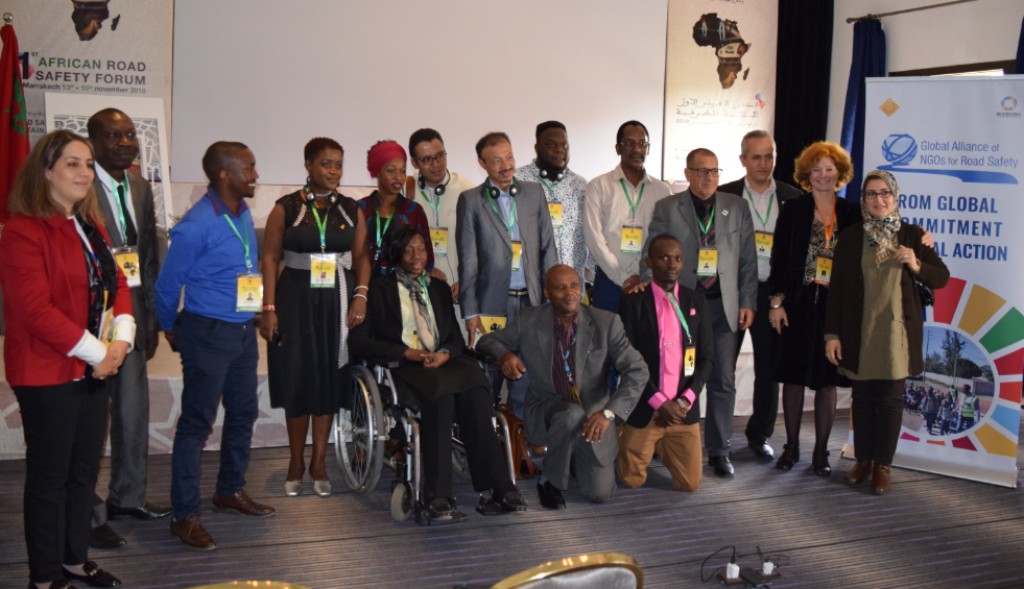
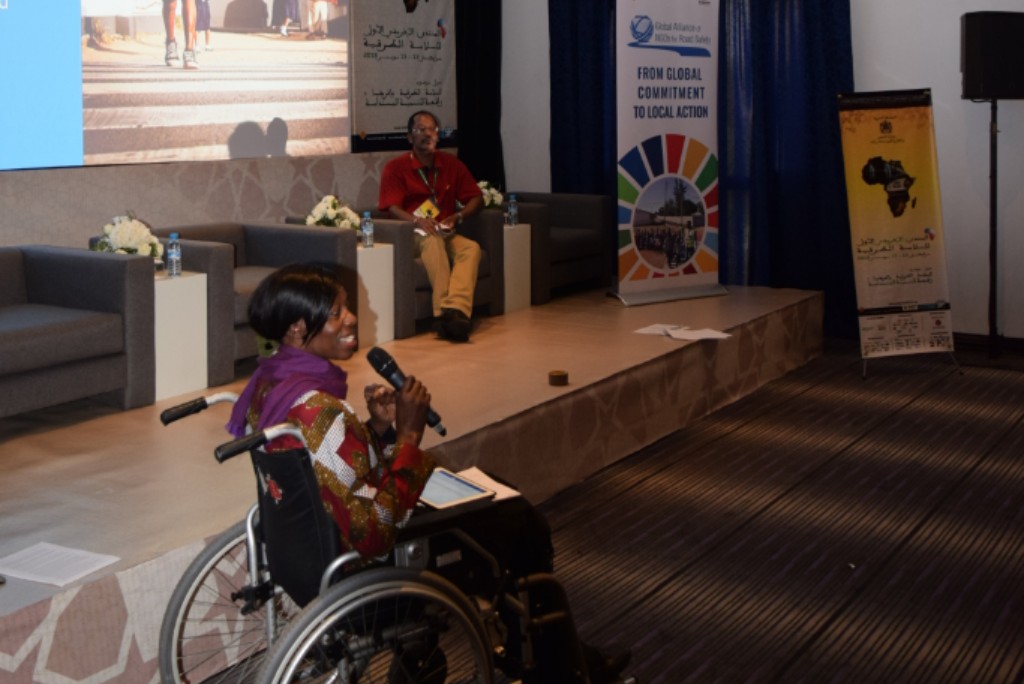
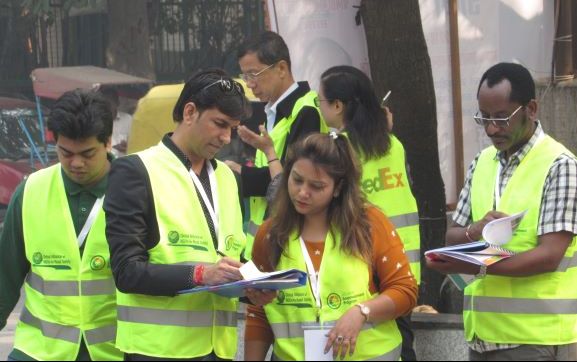

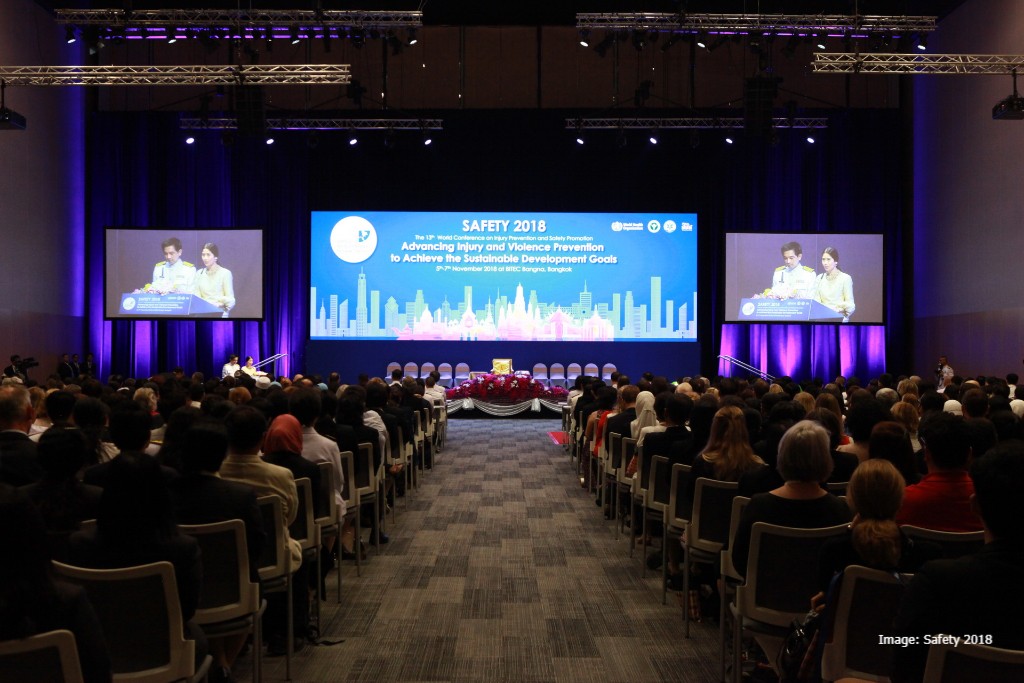
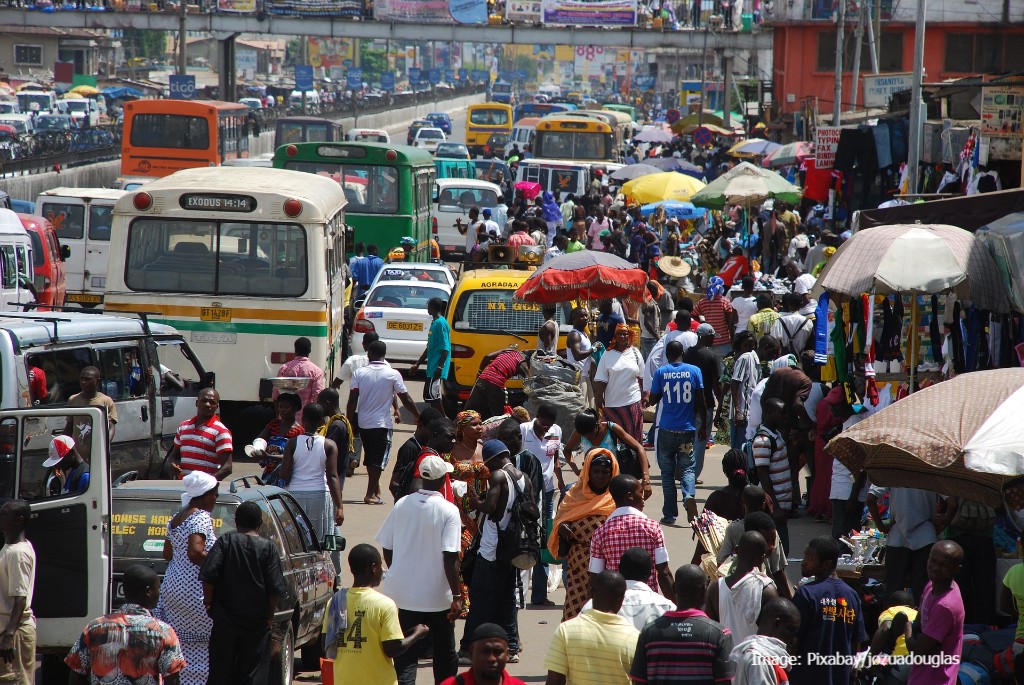


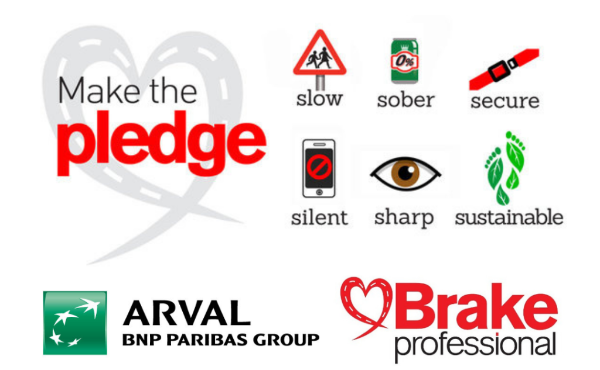
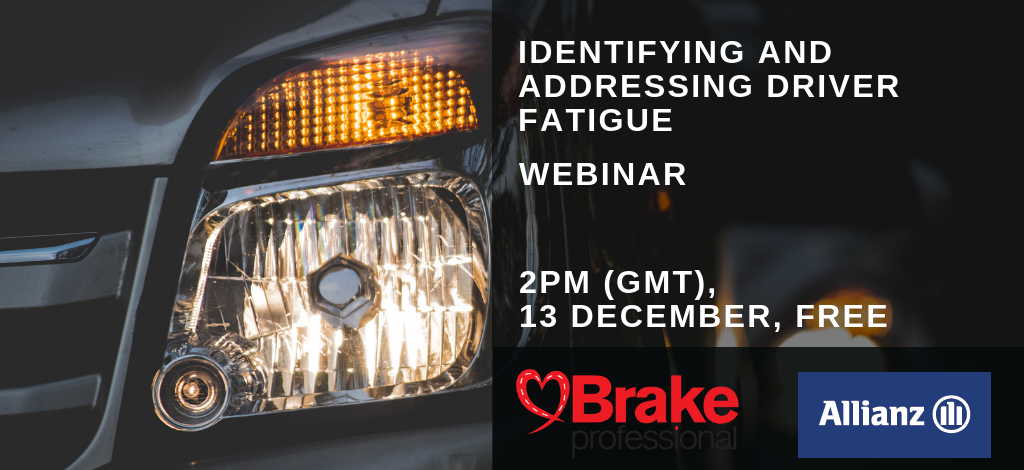
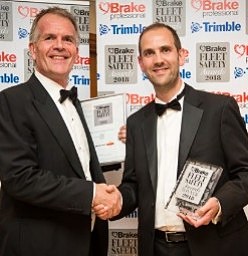




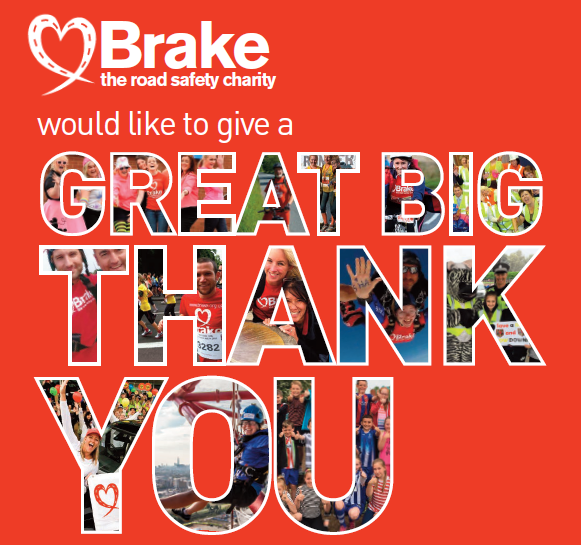
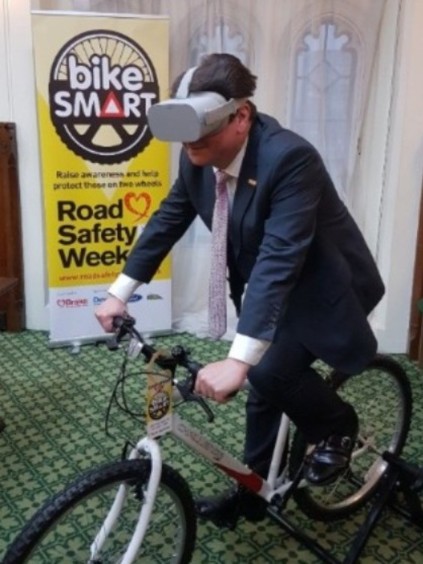 Brake
held a drop-in session in Parliament during Road Safety Week, for MPs
to come along and learn more about the Bike Smart campaign.
Brake
held a drop-in session in Parliament during Road Safety Week, for MPs
to come along and learn more about the Bike Smart campaign.
